Best Places to Visit in Iran in Winter
We believe winter is another great time to travel to Iran, and here we will tell you why and where to go!
If you travel to Iran in winter, it is best to go to the warm regions of the south of Iran. There are places like Khuzestan, the Persian Gulf islands, and Sistan and Baluchestan provinces. Plus the only Iranian Island of the Caspian Sea that hosts migrant birds from Siberia, but this one is not warm.
Winter is the only time you can go skiing in the Alborz Mountains; also enjoy the sunny beaches of the Persian Gulf on the same day. In winter you can see one of the most beautiful flowers in the world, the Behbahan Narcissus, in the Khuzestan province of Iran.
Narcissus flowers are engraved on prehistoric Elamite objects. The tools, spoons, and buttons buried with Kidin Hutran an Elamite had Narcissus carvings on them. This beautiful flower that blossoms in winter grows naturally in the plains of Behbahan city in Khuzestan. Iran’s Cultural Heritage, Iran Handicrafts, and Tourism Organization listed this flower as a national treasure of Iran. Behbahan Narcissus was known as the most beautiful flower of the 1992 Floriade exhibition in Zoetermeer, Netherlands.
In 1982 a tomb was found by the Mārun river near Behbahan city that belonged to the Kidin Hutran with so many gold and bronze objects in the tomb. The ring that was around his wrist is named the ‘Arjān ring of power and is a very unique object among all the Elamite or Achaemenid objects found today. In fact, it is not a complete ring, it is a tubular-shaped object with two disc-shaped ends that each depicts a scene of two lion-griffins posed heraldically around a flower depicting a Narcissus. The ring weighs 237 grams and measures an estimated height of 176.19 mm and a width of 112.26 mm. For the very great importance of this ring, there is a square in Behbahan with a huge maquette of the Arjān ring in the middle.
Sulak Canyon
Fifty kilometers north of Behbahan, in the Zagros Mountains, there is a canyon with inscriptions of human figures on its huge rocks, dating back to the Parthian Empire (247 BC – 224 AD). The canyon is called Saruk or Sulak which refers to the type of cypress trees that live in there. The inscriptions illustrate the scenes of magnificent ancient rituals, cavalry, coronati, or the ceremonies of receiving the power ring in the presence of the gods, the royal hunting, etc. of the royal people’s life, in the heart of the mountain.
Khuzestan
Khuzestan is known as ‘the birthplace of the nation’ because the very first traces of urbanism in the Iranian plateau are found in this region dating to 2700 years before Christ. Khuzestan is a blessed land full of natural gifts. It is the capital of Iran’s petroleum and it has huge rivers starting from the majestic Zagros Mountains and pouring into the Persian Gulf. Karoon is the only navigable river in Iran that passes through the city of Ahwaz the capital city of Khuzestan. Ahwaz is known as the city of bridges because of so many bridges it has over the Karoon River.
Khuzestan has an abundance of cultural sites with the Susa, Shushtar Hydraulic System, and chogha zanbil UNESCO World Heritage sites. Khuzestan literally means the land of sugar because it has huge plantations of sugar cane. Also, the Venice of Iran is in the international lagoon of Shadgan in this province.
While in Khuzestan make sure you try Sboor fish (Ilisha fish), one of the favorite foods among the Khuzestani people. A savory and spicy sauce called Hashoo made with cilantro, garlic, and tamarind paste roasted with spices and turmeric goes on the fish that has been baked in the oven or over the fire.
From Kish to Qeshm Island
Going further down into the waters of the Persian Gulf, you will enjoy the gorgeous islands of Kish and Qeshm. Both are free zone areas meaning you can enter the islands without a visa and can stay for fifteen days. Kish Island is more on the luxury side with beautiful hotels, shopping malls, and a diving center for scuba divers. Qeshm on the other hand is the best destination for nature lovers! Qeshm is a dolphin-shaped island with remarkable natural attractions and lovely people.
Qeshm is the biggest island in the Strait of Hormoz and has great wildlife including birds, reptiles, dolphins, and hawksbill sea turtles. You name it from caves, wells, forests, beaches, valleys, and canyons, to the only Geopark in the Middle East, Qeshm has it all.
There is a mysterious-looking valley on the island that locals call Star Valley because they believe the unusual columns and arches were shaped after a star hit the earth and created this supernatural landscape. Star Valley is known as one of the wonders of Qeshm Island in the Persian Gulf and is a mystery for the residents they believe ghosts and aliens live in this valley.
Qeshm Island is one of the thirsty parts of Iran, close to the equator, with very low amounts of rainfall every year. Water has always been the most valuable element for people in these areas, more valuable than gold or gems. Centuries ago people dug 366 wells in the stones to save the clean water of rainfalls; the wells are called Tala Loft Wells. They are dug in schist stones in a hole next to a coral cliff and the historic Naderi Castle in a village named Loft. According to scientists the number 366 represents the number of days in a leap year. Every well has a name and each well was used per day throughout the year. The bottoms of the wells are covered by plaster which helps the water to stay clean and cool for a long time.
Qeshm Island Culture
Interesting to know that Qeshm was colonized by Portuguese troops for more than a century and here is the story. In 1506 Afonso de Albuquerque, Duke of Goa who was a Portuguese general and a “great conqueror,” discovered the Persian Gulf on his way to the Portuguese colonies in Asia. In 1516 he came back and conquered Hormoz Island and built a strong fortress for his troops on the island. Followed by several attacks on Afonso to Hormoz Island an agreement was signed between Iran and Portugal that made Hormoz the official colony of Portugal. Many more fortresses were made in Qeshm and other islands. In 1623 Shah Abbas’s military, with the help of British troops took back the island from the Portuguese, and in 1660 after 150 years of dominating over the Persian Gulf, their period came to an end in the region.
Qeshm Island is a mysterious land. Besides the wonderful natural beauty, it has a rich history and culture. For the last six hundred years, fishing has been the main job of people on the island. One of the interesting traditions in Qeshm is Noroz-e Sayad, meaning Fisherman’s New Year. This New Year does not have a set date on the calendar; it is the first day of the hot season which is usually on July 18 or 19. None of the fishermen go fishing on this day, because this day is only for celebration, playing traditional games, swimming, and making delicious pastries with dates. Locals believe on this day the fish must be free without the stress of being hunted to protect them from going extinct.
This is a ritual that parents teach to their children as well to respect nature and all the animals living on earth.
Hara Forest
Probably the most famous attraction of Qeshm is its Hara Forests which has mangrove trees. Hara forest is a supernatural forest that immerses in water during the high tide and it appears again on the ground on the low tide. You can go into the forest with a boat and a local guide for sure, to enjoy this unique beauty. The tree roots are out in the open air, they absorb saltwater filter out the salt, and save the sweet water. Over the years these trees have become used to the tides and the salt water. The Hara forest attracts a lot of local and migrant birds in the year especially during the winter because it has warm waters with plenty of fish to eat. These forests exist in Chabahar as well.
Sistan & Baluchestan
Sistan & Baluchestan is full of wonders in terms of natural attractions and cultural heritages. “It’s the closest thing to Mars on Earth,” This is how a group of US geologists, who visited the Sistan & Baluchistan province of Iran in early 1970, describe this region.
It is the only habitat of the Iranian Short-Muzzle crocodile that locals call Gando.
Gando lives in a legally protected area with the same name (Gando), on the shores of the Oman Sea at Sistan and Baluchestan. Gando is extremely shy making it hard for the guards to count their population accurately. This mugger crocodile is listed as “Vulnerable” on the IUCN Red List and it can be found in India, Bangladesh, Sri Lanka, Pakistan, Nepal, and Iran. The local people chose the name Gando for this reptile and they love it, respect it, and protect it because it is a symbol of blessing and godsend to them.
Shahr-e Sukhteh
Shahr-e Sukhteh, meaning the burnt city is one of Iran’s world heritages in this province. The ruins are still under further excavations. The city was founded around 3200 BCE and was abandoned in 1800 BCE. According to the discoveries, the city was on the route connecting Mesopotamia and Iran with the Central Asian and Indian civilizations, and as far away as China. Shahr-i Sokhta was a very developed and high-technology city where archeologists found traces of brain surgery, an artificial eyeball, dice and caraway seeds, and the world’s first animation! And another incredible factor is that not any kind of weapon or war equipment was found in this city.
Lenge (Dhow) the largest handicraft made in Iran is the artwork of the men living on the coast of the Persian Gulf, since the 17th century. Lenge in Iran sails the waters of the Persian Gulf only. It has always been the only vessel for sea journeys, fishing, trading, and pearl hunting in the Gulf of Persia.
Caspian Sea
Now we want to introduce the only Iranian island in the Caspian Sea that every winter hosts thousands of birds from Siberia and thousands of bird watchers who come from all parts of Iran to just get a glance of these lovely guests.
On the far right corner of the Caspian Sea, there is a very long peninsula extending out into the body of water, the Miankaleh peninsula. On the right tip of Miankaleh, there is the only Iranian island in the Caspian Sea called Ashuradeh. The island was initially connected to Miankaleh but the connection was cut off by digging the Khozeini Canal. Miankaleh and Ashuradeh are protected areas.
Ashuradeh appeared from the deposits of the sediments carried by the rivers into the sea it was an archipelago having three islands but over time the two smaller islands were buried under the water making Ashuradeh the only island in the Caspian Sea. The island has no inhabitants. The only people in it are those who work in the fishery. The island used to be inhabited by people but after the 1990 flood, they moved to Bandar Turkmen.
Almost half of the world’s famous caviar from the Caspian Sea is fished here.
In the 1830s the island was occupied by Russians and there is a ruin of their castle still on the island.
The island is off the coast of Bandar Turkmen, a beautiful town absolutely worth the visit with gorgeous Turkmen Kilims made by the gifted hands of the Turkmen ladies. With two hours drive, you will see Gonbad-e Qabus Tower, the only world heritage site in Golestan province.
Last Word
Iran is renowned for its history, architecture, elegant gardens, scrumptious food, and hospitable people. With twenty-one UNESCO World Heritage sites, it is one of the countries with the most tourist attractions in the world. Iran is not famous as a ski destination, but it has thirteen international ski pistes. And they are not just ordinary pistes, they all have long skiing seasons and good quality powder snow. Dizin in the Alborz Mountains, north of Tehran established in 1969, is the crown jewel of all ski pistes of Iran. Shemshak, Darbandsar, and Tochal are the other ski zones of the Alborz Mountains. Alpine skiers and snowboarders are welcomed on all pistes of Iran.
So grab those skis on your winter tour to Iran!
Are you planning to travel to Iran? Check out our Iran tours. Maybe the best places to visit in Iran is also interesting for you.


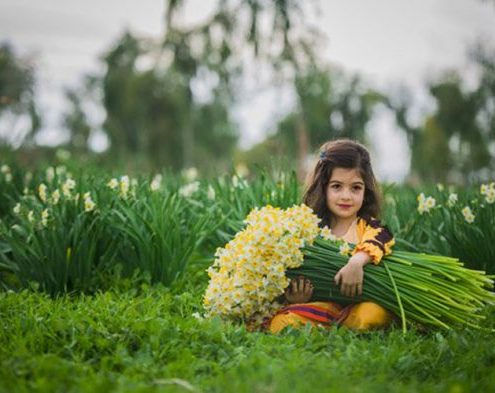
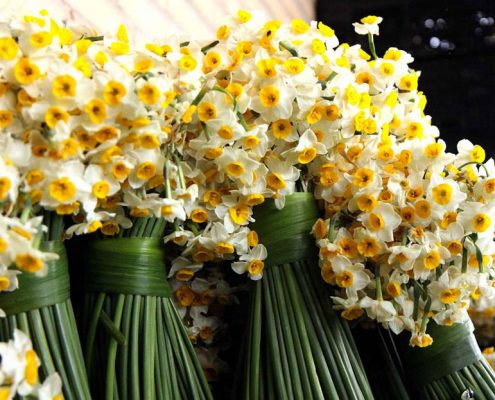

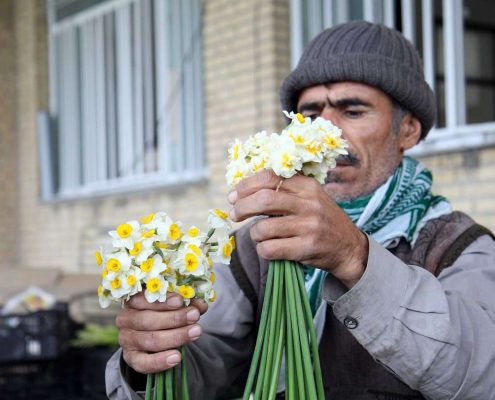
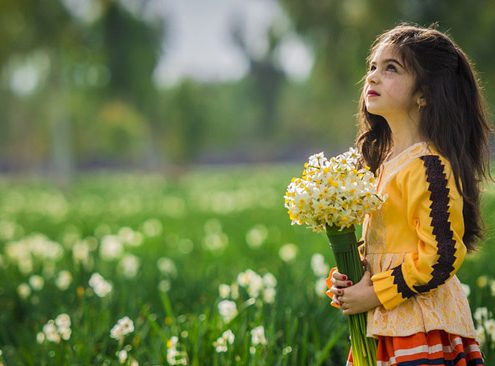
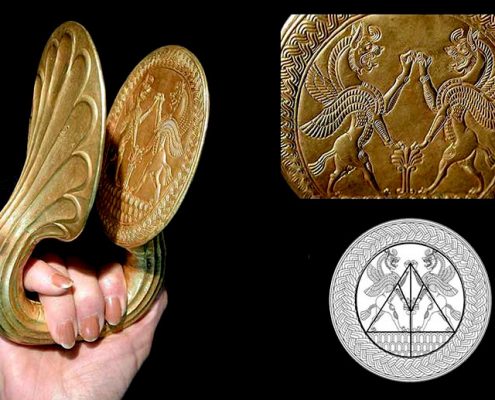
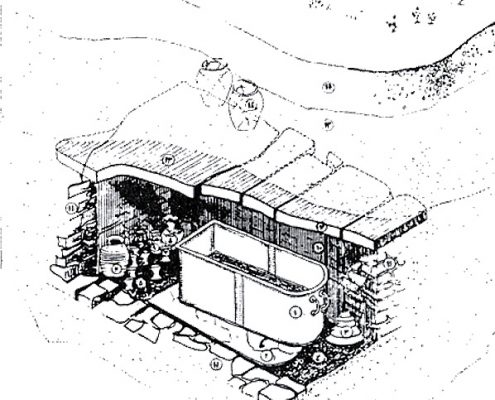
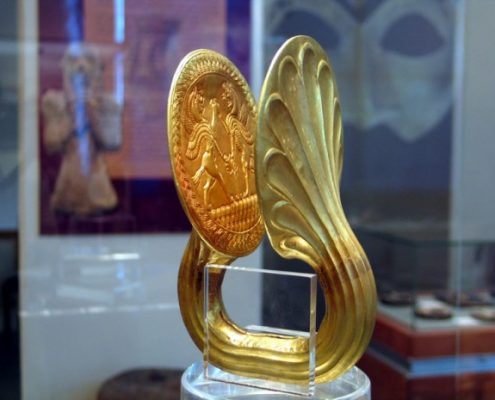
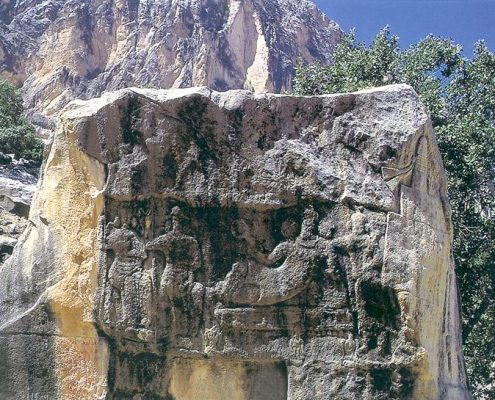
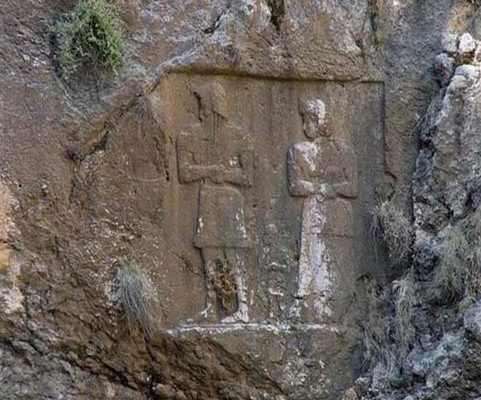
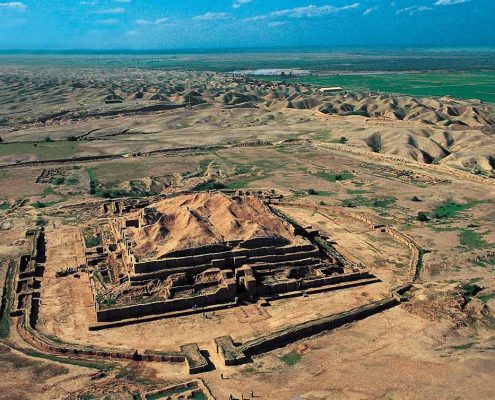
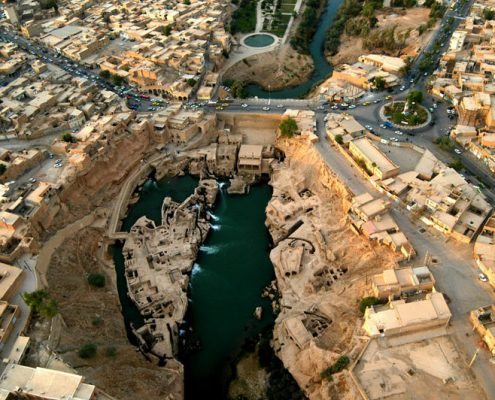
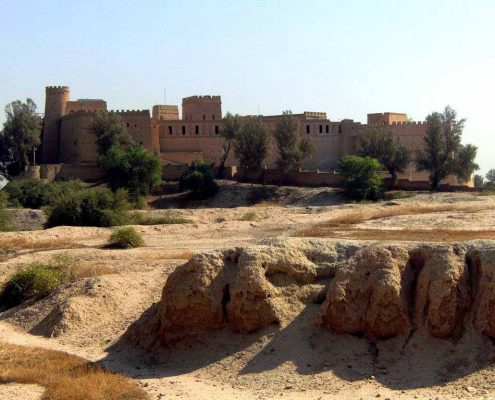
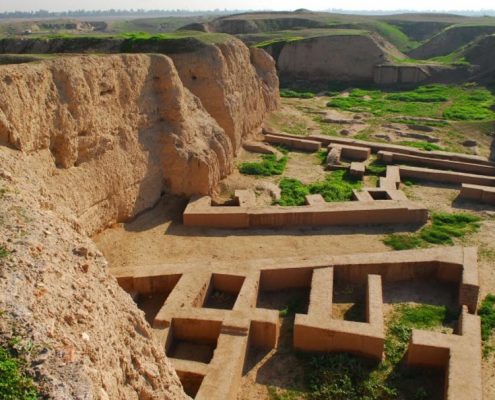

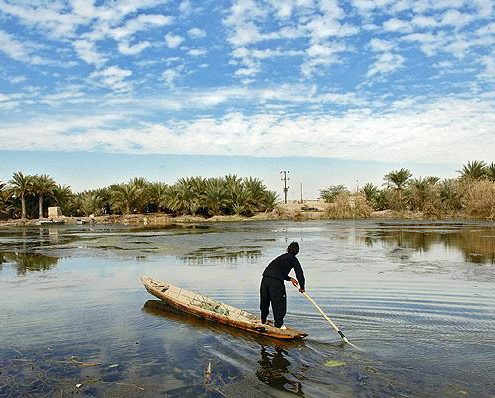
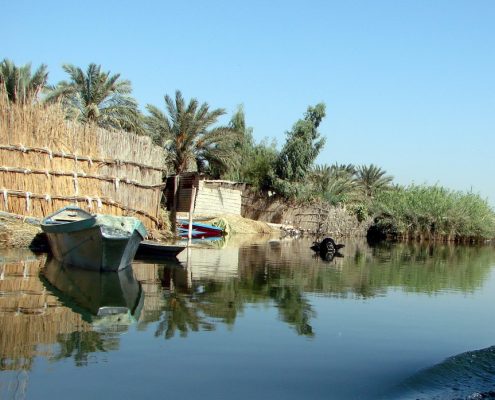
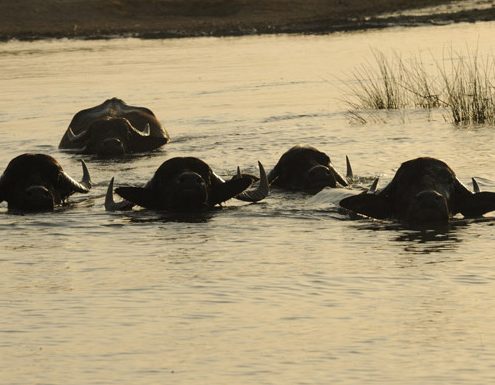
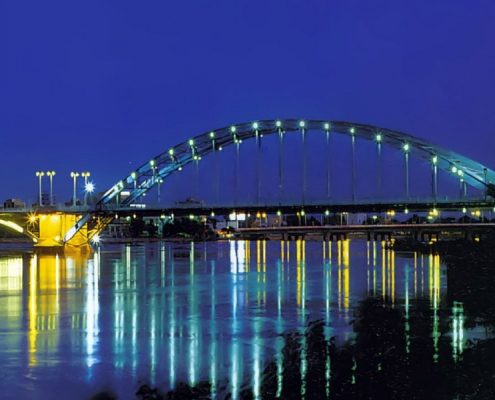
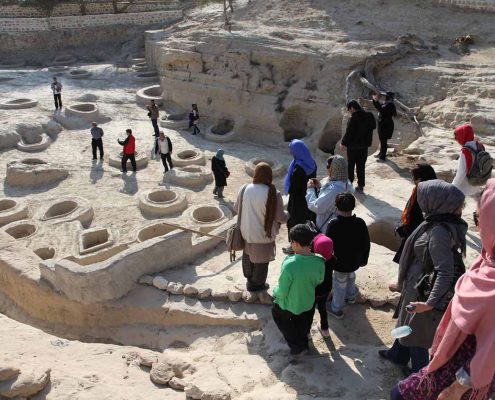
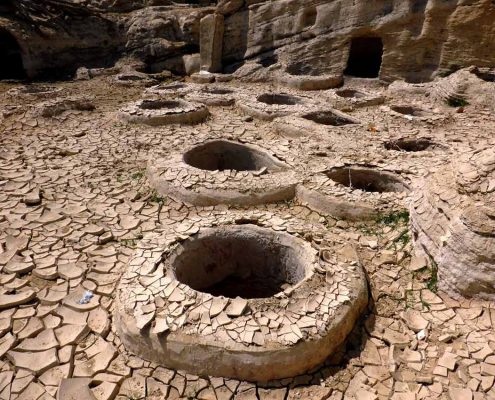
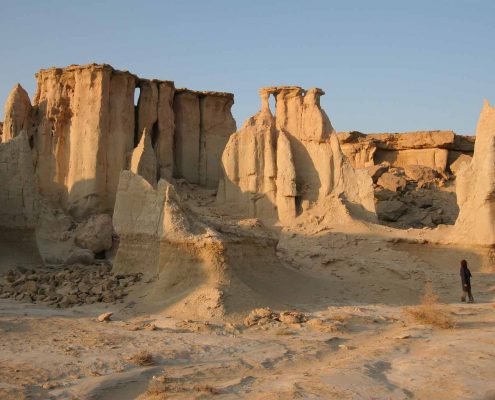
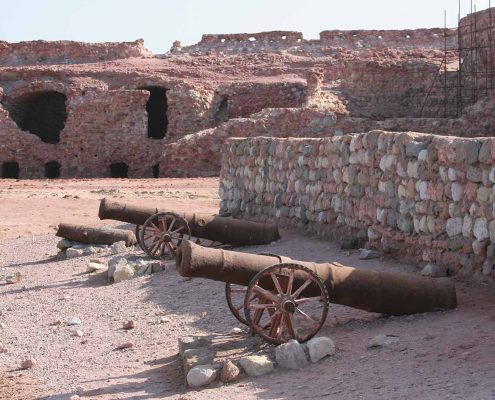
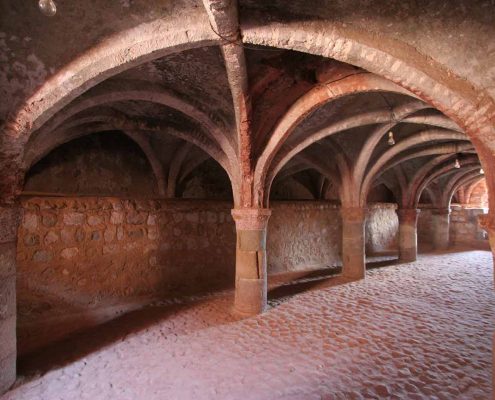

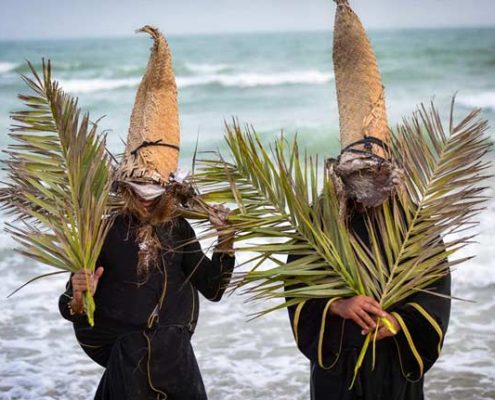

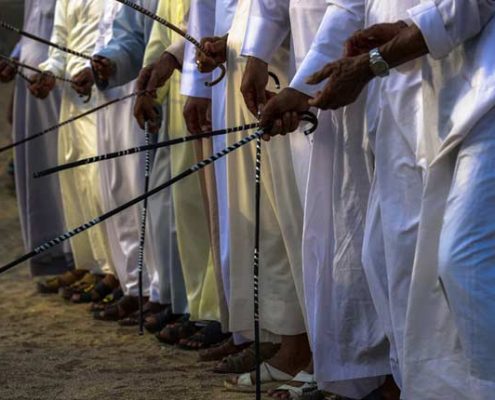

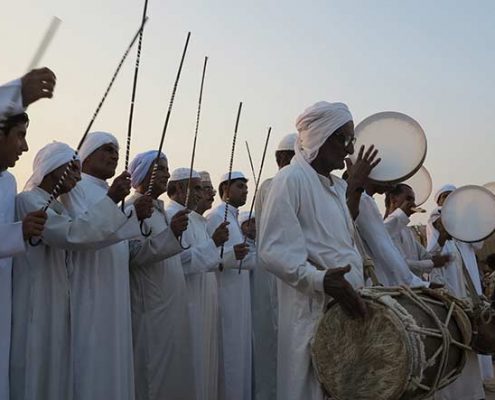
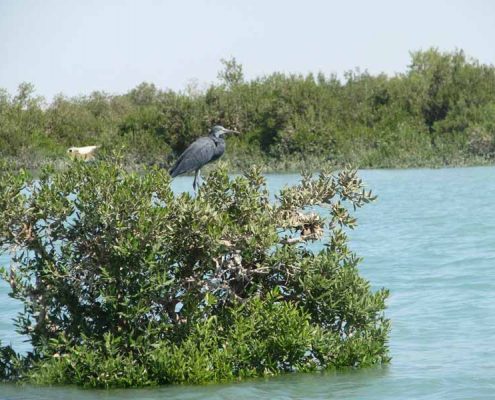
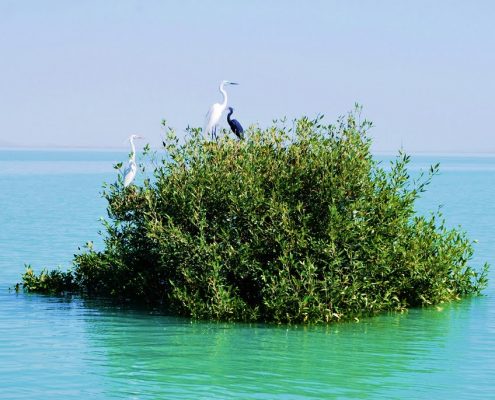
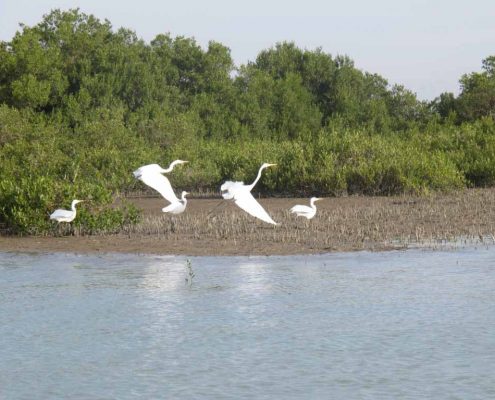

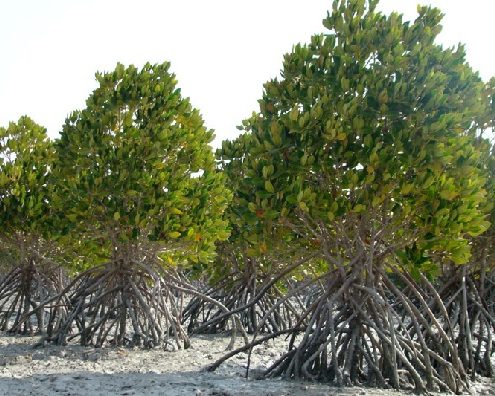
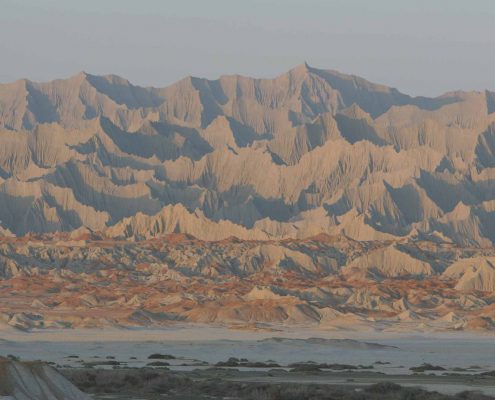

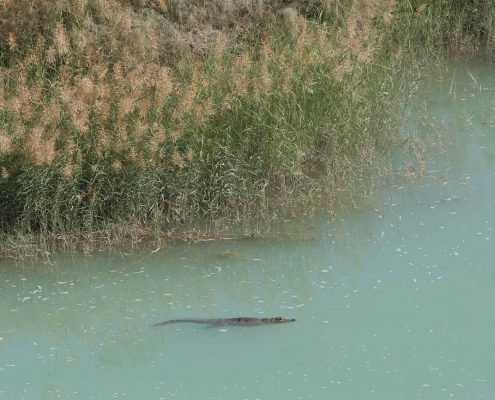

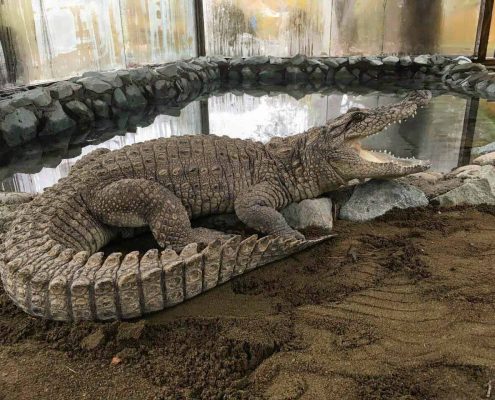
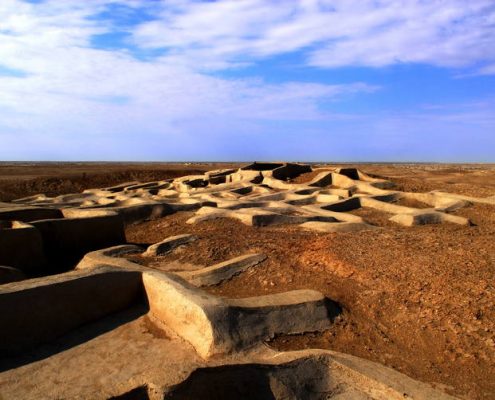

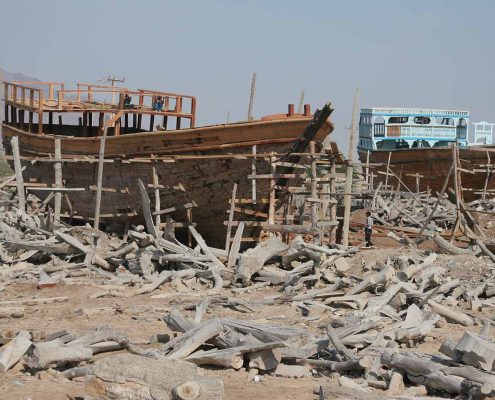
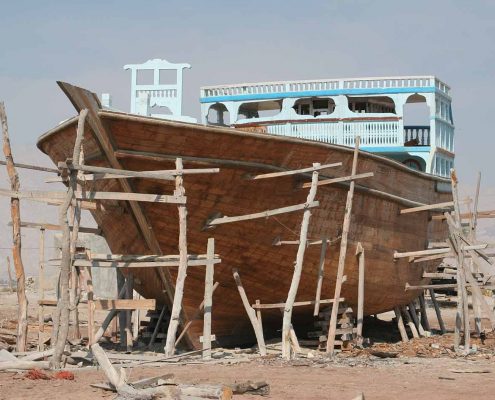
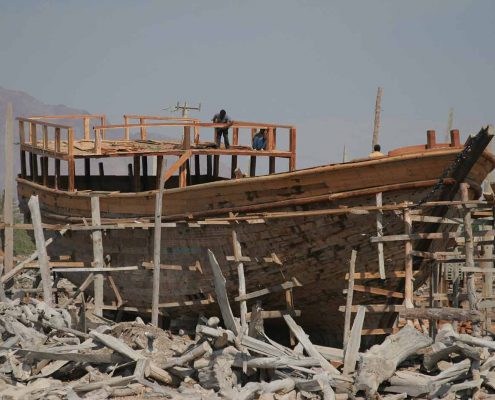
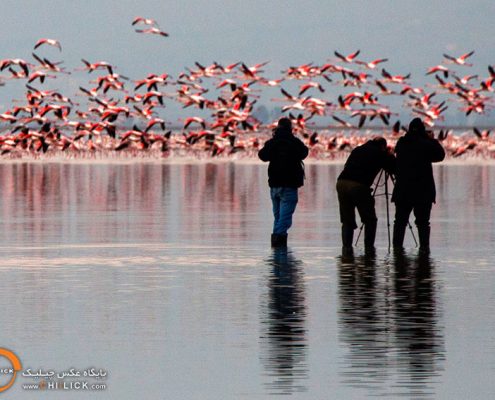
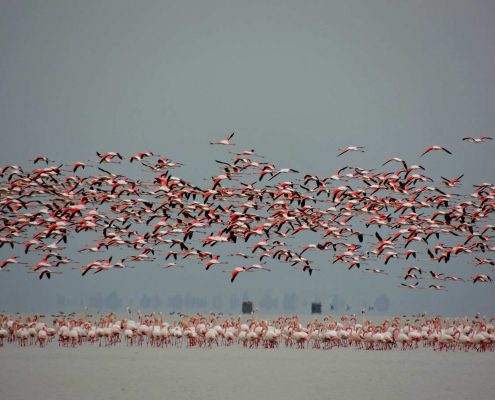
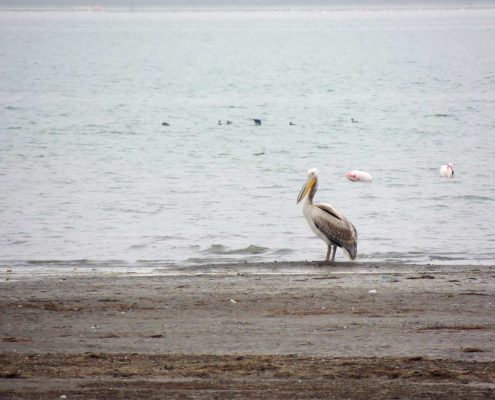
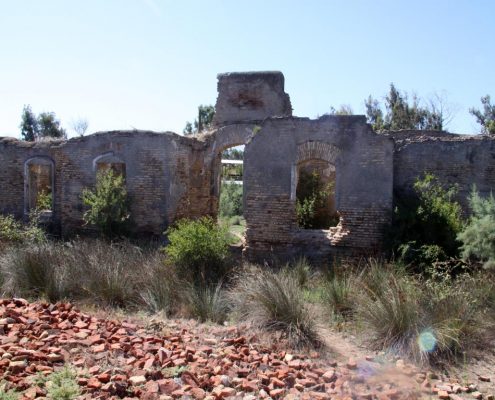

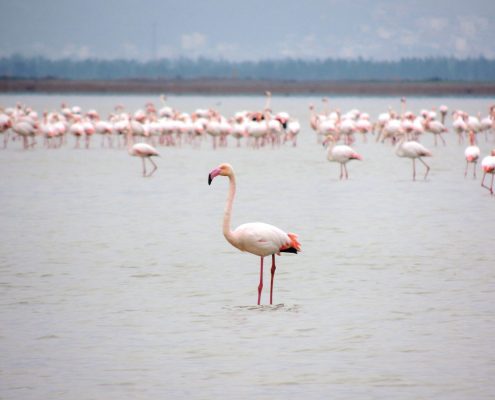


Leave a Reply
Want to join the discussion?Feel free to contribute!